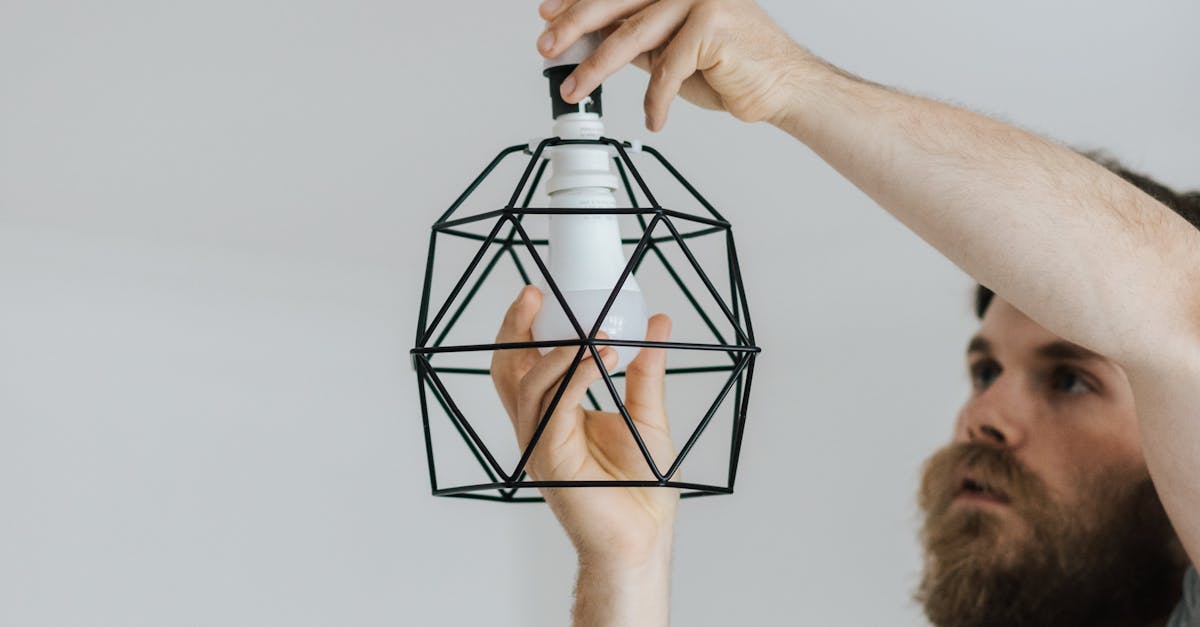
or the end-users.
Incorporating usability testing at multiple stages of the design process allows for a more user-centric approach. Through A/B testing, prototyping, and user feedback sessions, designers can identify pain points and areas for improvement. This iterative approach not only improves the functionality of the design but also enhances the overall usability, leading to a more seamless and enjoyable user experience.Privacy Policy
Client Feedback Integration Strategy
To effectively integrate client feedback into the design process, it is crucial to establish clear communication channels right from the beginning. This involves setting up regular meetings or touchpoints where clients can provide their feedback and suggestions. By creating a structured approach to receiving feedback, designers can ensure that the client's voice is heard and incorporated into the design iterations.
Furthermore, creating a feedback loop that involves all stakeholders is vital for a successful integration of client feedback. Designers should not only listen to the client's comments but also engage in discussions with them to gain a deeper understanding of their needs and preferences. By fostering open and transparent communication, designers can align their design decisions with the client's goals, resulting in a more collaborative and effective design process.
Streamlining Feedback Implementation Process
As designers, one of the crucial aspects of our work involves streamlining the process of implementing client feedback into our design projects. This streamlined approach not only helps in enhancing the efficiency of the project but also ensures that the client's vision and requirements are effectively incorporated into the design. By establishing clear communication channels with the client from the initial stages of the project, we can create a feedback loop that allows for seamless integration of their suggestions and preferences.
In order to streamline the feedback implementation process, it is essential to set up regular check-in meetings with the client to discuss the progress of the project and gather their feedback on the evolving designs. This ongoing dialogue not only facilitates a consistent flow of information but also enables us to address any concerns or modifications in a timely manner. Additionally, utilizing collaborative tools and platforms for sharing design mock-ups and prototypes can further expedite the feedback implementation process, allowing for real-time adjustments based on the client's input.
One significant advantage of adopting an iterative design approach is the ability to refine and enhance the functionality of a product or service over time. By continuously gathering feedback from clients and stakeholders, designers can make incremental improvements that align more closely with user needs and preferences. This iterative process ultimately leads to a final design that is more user-friendly, intuitive, and tailored to meet the specific requirements of the target audience.
Furthermore, through the iterative design approach, designers have the opportunity to test multiple concepts and ideas, allowing for greater creativity and innovation. By exploring different possibilities and making adjustments based on feedback, design teams can push the boundaries of what is possible and arrive at solutions that are not only effective but also truly innovative. This flexibility and adaptability inherent in the iterative design process enable designers to respond quickly to changing market trends and user demands, leading to more successful and impactful design outcomes.